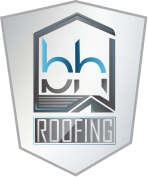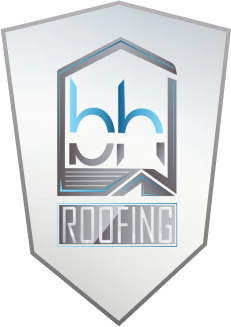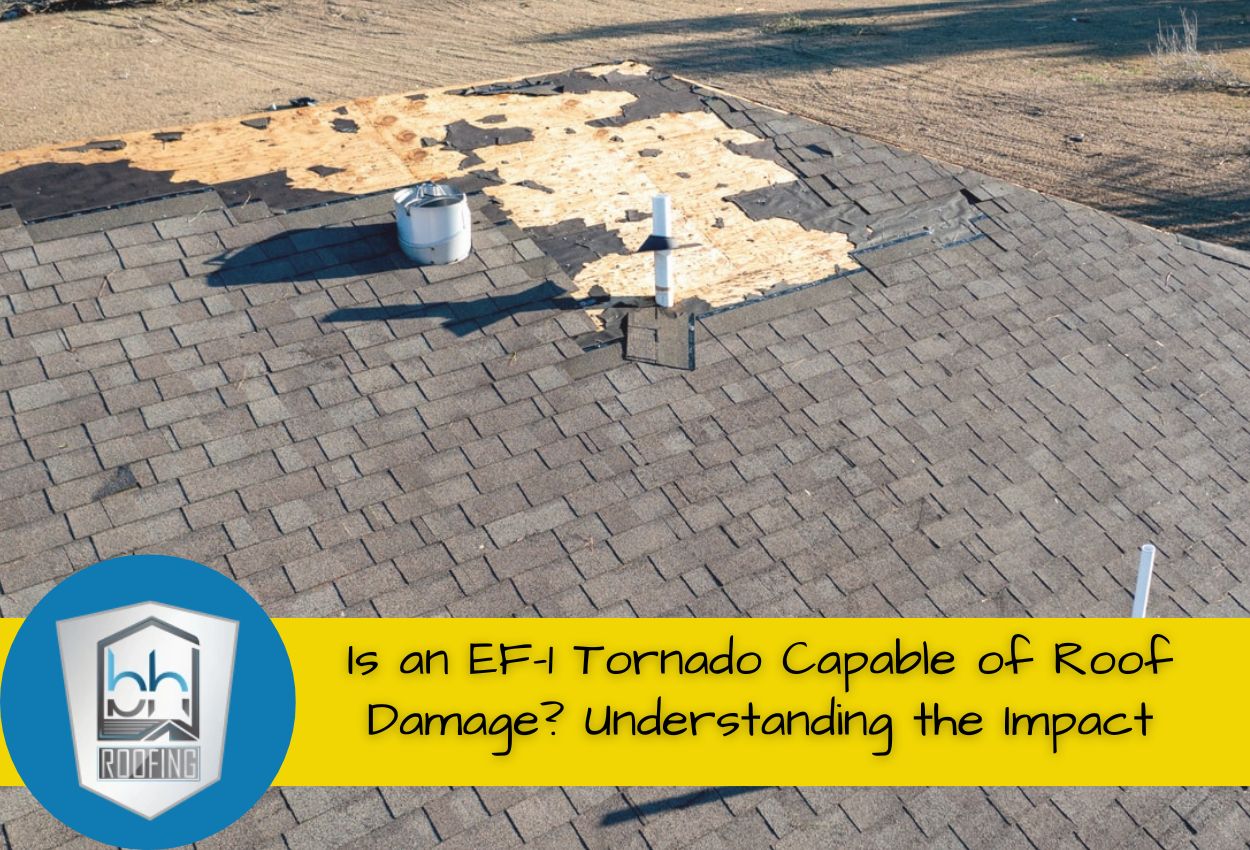San Antonio homeowners face various threats to their property, with tornadoes ranking among the most concerning. The Enhanced Fujita Scale classifies tornadoes based on wind speed and potential damage, with EF-1 tornadoes generating winds between 86 to 110 mph. Many property owners wonder: Is an EF-1 tornado capable of roof damage? The answer is a definite yes. Even at the lower end of the tornado classification scale, these weather events pack enough power to cause significant harm to residential roofing systems.
EF-1 tornadoes can tear shingles from roofs, damage flashing, and even compromise the structural integrity of your roofing system. The high-speed winds create powerful uplift forces that attack your roof from multiple angles, often causing damage that isn’t immediately visible from ground level. After an EF-1 tornado passes through, San Antonio homeowners should understand what specific damage to look for and what steps to take to protect their property from further deterioration.
Identifying signs of roof damage to your property requires knowledge of how different roofing materials respond to these powerful forces. Whether you’ve recently experienced a tornado or want to prepare for future severe weather events, understanding the relationship between EF-1 tornadoes and roof damage is essential for maintaining your home’s first line of defense.
The Science Behind EF-1 Tornado Roof Damage
EF-1 tornadoes create unique physical forces that directly challenge the structural integrity of residential roofs. When tornado winds of 86 to 110 mph strike a home, they generate powerful uplift forces underneath roofing materials. This creates a pressure differential where the air pressure above the roof becomes significantly lower than the pressure inside the home. This effect essentially pulls the roof upward, testing the strength of nails, shingles, and the entire roofing system.
What makes tornado damage particularly concerning is the rotating nature of these winds. Unlike straight-line winds, tornadoes attack from multiple directions simultaneously, finding vulnerabilities in even well-constructed roofing systems. Roof edges and corners typically experience the strongest forces, which is why shingle lifting and peeling often begin at these points.
However, some residential structures in the San Antonio area may be at risk during the upper wind speed range of an EF-1 event. Older homes constructed under previous building standards face even greater vulnerability. This explains why roof shingle damage is among the most common consequences of these tornadoes, with loosened shingles creating entry points for water and subsequent interior damage.
Common Types of Roof Damage Caused by EF-1 Tornadoes
EF-1 tornadoes consistently demonstrate their ability to inflict significant damage on residential roofing systems. The powerful winds associated with these weather events target vulnerable components of your roof, often creating problems that worsen over time if not promptly addressed. Understanding these common damage patterns helps San Antonio homeowners recognize when a professional assessment is necessary after a tornado.
Shingle damage is often the most visible impact of EF-1 tornadoes. The high winds can lift, curl, and completely tear away shingles, leaving the underlying roof deck exposed. Ridge caps, the shingles covering the peak of your roof, are more susceptible due to their exposed position. Even when shingles remain attached, the seal strips that prevent water infiltration often break during high-wind events, creating invisible entry points for moisture.
Flying debris presents another serious threat during EF-1 tornadoes. Tree branches, lawn furniture, and materials from other damaged structures become projectiles that can puncture roofing materials. These impacts may create holes that aren’t visible from ground level but allow water to enter your home’s protective envelope. Additionally, hail often accompanies tornadic storms, adding impact damage to the wind effects. After an EF-1 tornado passes through your neighborhood, a professional roof inspection is essential to identify these hidden vulnerabilities before they lead to more extensive structural issues.
How to Inspect Your Roof After a Tornado
After an EF-1 tornado, conducting a thorough roof inspection is necessary to prevent further damage. Begin with a ground-level assessment, using binoculars to safely spot missing shingles, displaced flashing, or visible dents from hail and debris impacts. Look for granules from asphalt shingles in gutters and downspouts — excessive granule loss indicates significant roof deterioration requiring immediate attention.
When it’s safe to do so, check your attic for signs of water infiltration, including wet insulation, water stains on rafters, or pinpoints of light visible through the roof deck. These indicate penetration points where tornado winds have compromised your roof’s integrity. Document all suspected damage with photos for insurance purposes before arranging a professional assessment.
While a DIY inspection provides valuable initial information, post-tornado roof damage often extends beyond what’s visible to untrained eyes. Professional roofing contractors utilize specialized tools like moisture meters and thermal imaging cameras to detect hidden water intrusion and structural weakening. These advanced inspection techniques identify concealed EF-1 tornado roof shingle damage that might otherwise go unnoticed until it causes significant interior problems. In the high-wind-prone San Antonio region, investing in professional assessment after any tornado event protects your home from progressive deterioration and preserves your roof’s defensive capabilities.
Emergency Steps to Prevent More Damage After a Tornado
When an EF-1 tornado damages your roof, taking immediate action can prevent small issues from becoming total disasters. If you discover missing shingles, punctures, or other visible damage, temporarily covering exposed areas with heavy-duty tarps can prevent water infiltration during subsequent storms. Secure these tarps with lumber strips rather than nails, which can create additional penetration points in your roof deck. For more substantial damage, professional emergency tarping services available throughout San Antonio provide rapid response to protect your home’s interior.
Documentation is necessary if you plan to file insurance claims following tornado damage. Before making temporary repairs, take photos and videos of all visible damage. Include wide shots showing the overall roof condition alongside close-ups of specific damage points. Document the date and approximate time of the tornado, and maintain a detailed list of all temporary measures taken. This evidence helps establish the storm’s direct impact on your roof when filing claims.
If you notice any signs of structural instability, like sagging roof sections or cracked ceiling drywall, evacuate those areas of your home immediately and contact a professional roofing contractor. While waiting for professional assessment, safely remove valuable items from potentially compromised rooms to prevent secondary damage. Remember that even seemingly minor tornadoes can cause damage that impacts your home over time, making a professional evaluation an important step in protecting your property and family.
Professional Repair Options for Tornado-Damaged Roofs
When your roof has suffered damage from an EF-1 tornado, professional repair approaches will vary based on the extent of the destruction. For minor damage involving a few torn or missing shingles, targeted repairs can often restore your roof’s protective capabilities. This typically involves replacing damaged shingles, securing loose sections, and ensuring proper water sealing.
In cases of widespread damage, complete roof replacement provides the most reliable long-term solution. Professional roofers in San Antonio evaluate not just the visible surface damage but also the underlying roof structure. They inspect decking, trusses, and support elements for signs of weakness that could compromise your entire roofing system. This comprehensive assessment often reveals hidden damage that wouldn’t be identified during superficial inspections.
Quality roofing contractors coordinate with other specialists when tornado damage extends beyond the roof itself. This might include working with electricians to address damaged wiring in the attic, structural engineers to evaluate truss damage, or interior contractors to repair water damage to ceilings and walls. By taking this approach, professional roofers ensure that all tornado-related damage is addressed, restoring both the appearance and structural integrity of your San Antonio home.
Strengthening Your Roof Against Future Tornadoes
Reinforcing your roof can significantly reduce the risk of damage from future EF-1 tornadoes. In San Antonio, several specific reinforcement options can be effective. Hurricane straps or clips create a continuous load path from your roof to your home’s foundation, dramatically increasing wind resistance. These metal connectors secure roof trusses to wall plates, preventing the uplift forces that commonly separate roofs during tornadoes.
Enhanced roof decking provides another layer of protection against tornado winds. Using thicker plywood or oriented strand board (OSB) with advanced fastening techniques creates a more rigid surface that is resistant to penetration from flying debris. Ring-shank nails, which offer superior holding power compared to smooth nails, should be spaced more closely together than standard building codes require for maximum wind resistance.
Impact-resistant roofing materials represent a worthwhile investment for San Antonio homeowners. Class 4 impact-resistant shingles withstand significantly higher wind speeds and resist the hail damage that often accompanies tornadic storms. Many insurance companies recognize these tornado-resistant roofing upgrades by offering premium discounts that help offset installation costs. Beyond immediate protection benefits, these improvements add measurable value to your home in the San Antonio real estate market, where severe weather resilience increasingly influences buyer decisions.
Call BH Roofing for Professional Storm-Damage Roof Repairs In San Antonio
If an EF-1 tornado has impacted your roof, it’s essential to understand the professional repair options available to restore safety and integrity to your home. At BH Roofing, we specialize in assessing and repairing roofs damaged by tornadoes and high-wind conditions. Whether your San Antonio home requires minor shingle repair or a comprehensive replacement, our team has the knowledge and tools to ensure your roof is restored.
Following an EF-1 tornado, the structural integrity of your roof may be compromised. Our experts will conduct a thorough inspection, including advanced techniques like thermal imaging, to uncover any hidden damage and ensure no issue goes undetected. Post-inspection, we provide a detailed quote and recommend the best course of action based on the specific needs of your roof.
Reach out to BH Roofing today at (210) 267-9029 to schedule a professional roof inspection and ensure your roof can withstand future storms.


